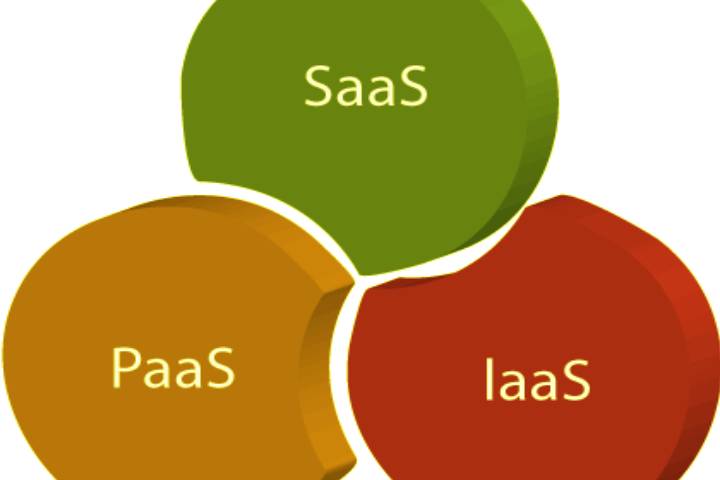Which Cloud Model is Right for Your Business Apps?

The cloud has been one of the biggest tech innovations of the past couple of decades. Referring to the usage of networks of remote servers to store or process data, the cloud means doing away with the traditional reliance on on-premises infrastructure. In its place are remote solutions able to be accessed online, needing only a computer or connected device with access to the internet in order to take advantage.
As a result, many companies have busied themselves with application migration to the cloud, ushering in cost savings, new opportunities for scalability, greater flexibility and resilience, and, of course, the ease of access that the cloud provides. But moving to the cloud isn’t a one-stop destination. While the decision to migrate might be simple, there are complexities in the decision-making process you’ll need to navigate.
The four models of cloud environment
Perhaps the biggest decision involves selecting the cloud model or environment that best fits your apps’ needs. There are four main cloud models to consider, each with their own benefits:
Public cloud: Public cloud refers to the model of cloud computing whereby a third party provider of cloud services provides computing resources — ranging from virtual machines (VMs) to software applications — available for use over the public internet. The public cloud provider will administer the data centers which run the customers’ workloads. Users of public clouds will access compute resources over the internet, shared across organizations. As an analogy, think of public cloud as renting an apartment in a multi-unit building.
Private cloud: If the public cloud is renting a condo, a private cloud is akin to owning a home. Private cloud differs from public cloud because the cloud infrastructure is operated for just one company, giving the client company exclusive access to the private infrastructure in question. Similar to the old on-premises paradigm, but with the inherent advantages of cloud architecture, a private cloud user will normally be responsible for maintaining the infrastructure. In short, the private cloud is about accessing compute resources over the internet or a private internal network, as opposed to sharing it across organizations. The benefit is better data security at the cost of some cloud benefits.
Hybrid cloud: As its name suggests, hybrid cloud is a mixture of at least one public and one private cloud. Hybrid cloud architecture is usually selected by enterprise cloud users who want to be afforded the ability to select the optimal cloud environment for different workloads, as well as to move those workloads seamlessly between environments as required. For instance, hybrid cloud might be used to leverage public close for software as a service (SaaS) applications, while retaining sensitive data or legacy applications on-premises. Hybrid cloud requires a good network connection between the private and public cloud environments in order to work efficiently.
Multi-cloud: Sometimes confused with hybrid cloud, multi-cloud uses more than one public cloud vendor. Organizations will frequently adopt multi-cloud strategies because it gives them choices, allowing them to mitigate risk and avoid putting all their dependence on one cloud provider. It also means being able to pick and mix features offered by different public cloud providers, making it possible to optimize between different vendors.
Optimizing Your Cloud Deployment
When you weigh up the best cloud environment for an application, you must select the right one to ensure that it will perform at its optimal level once migrated. If you fail to do so, cloud migration could actually result in a degraded performance and result in higher IT costs. This would negate the considerable potential benefits of migrating to the cloud to begin with.
There are plenty of decisions to be made about this topic. One crucial one involves the paramount importance of good data management. By choosing a flexible approach that lets you leverage workloads on the model that most makes sense to you, you can decouple data from the underlying cloud infrastructure and more easily shift data between different environments. Working with a company that is able to offer these advantages can improve cloud application performance while reducing overall cloud spend.
Cloud migration can be a game-changer for businesses. However, it needs to be carried out the right way. Make sure that you choose a partner with the tools that can enable you to do this as effectively and efficiently as possible. You won’t regret it for a moment.
Also Read: Artificial Intelligence Digital Sales Make It’s Revolution






